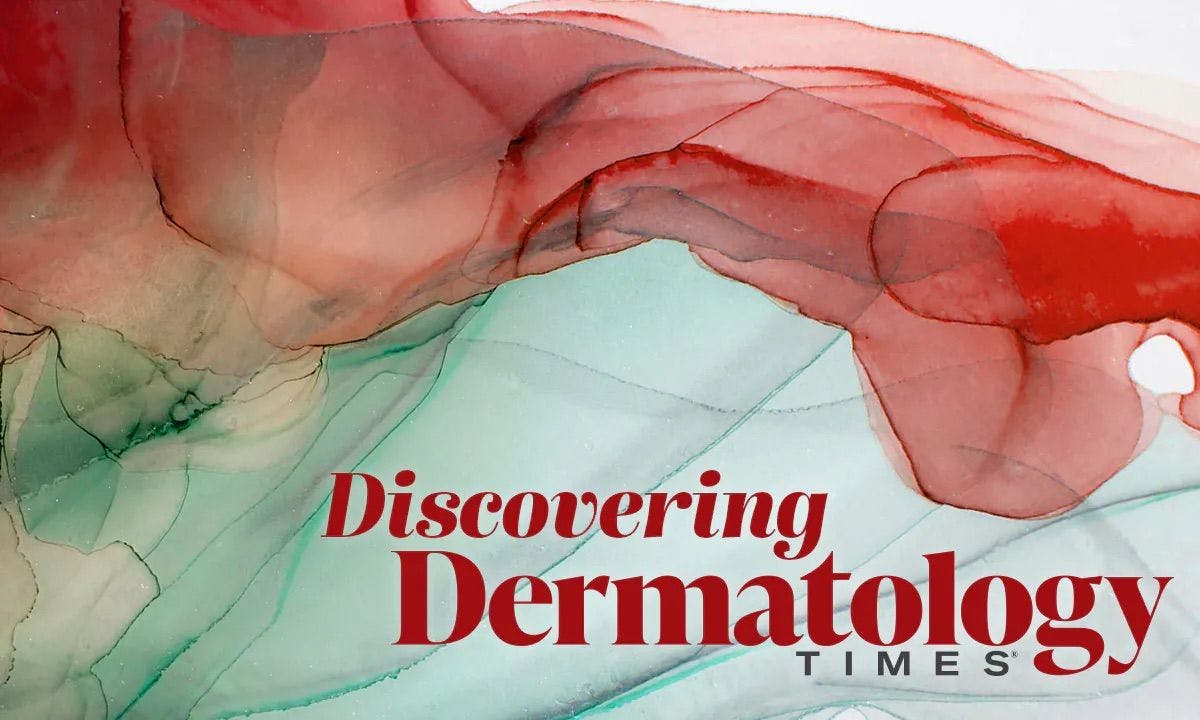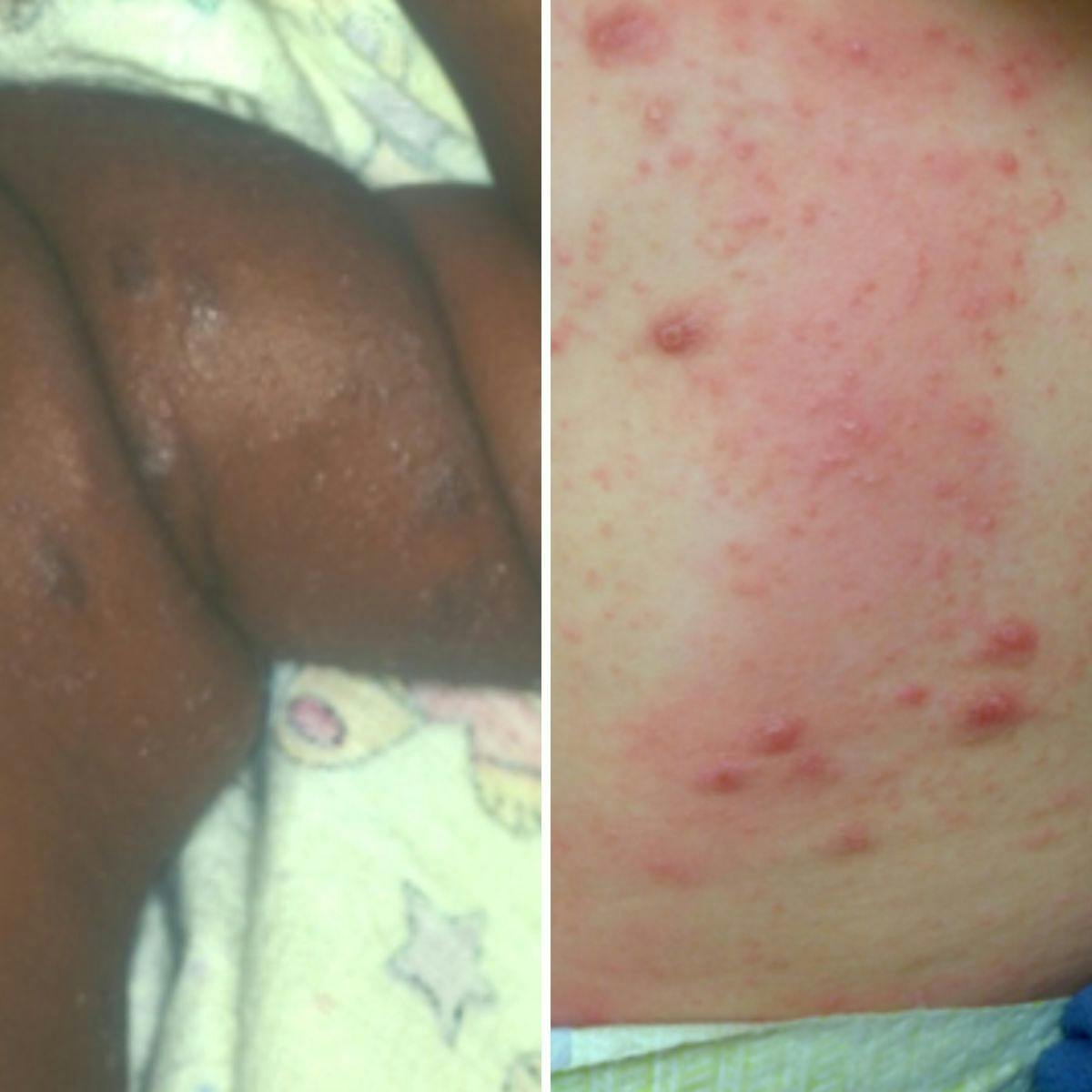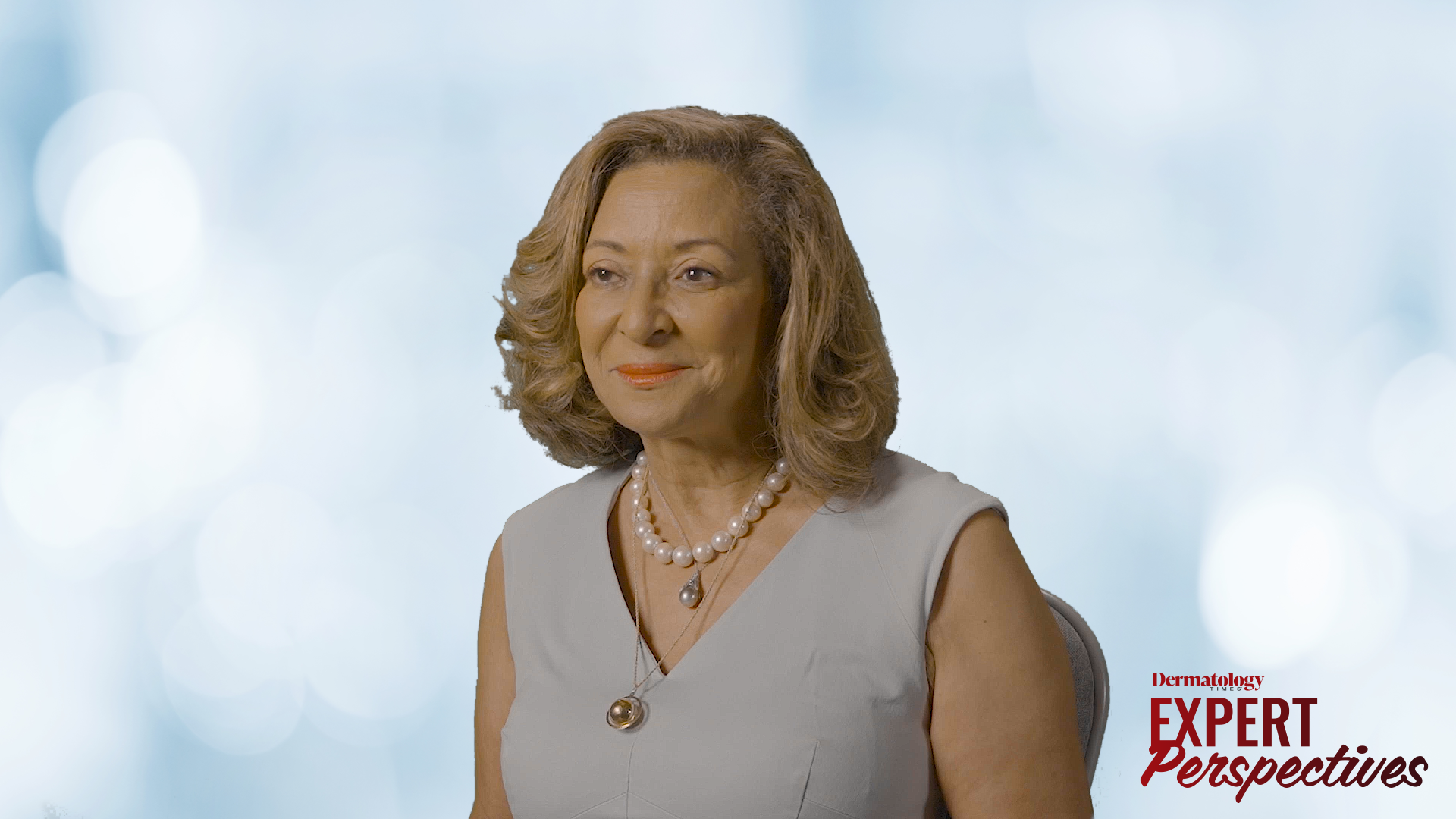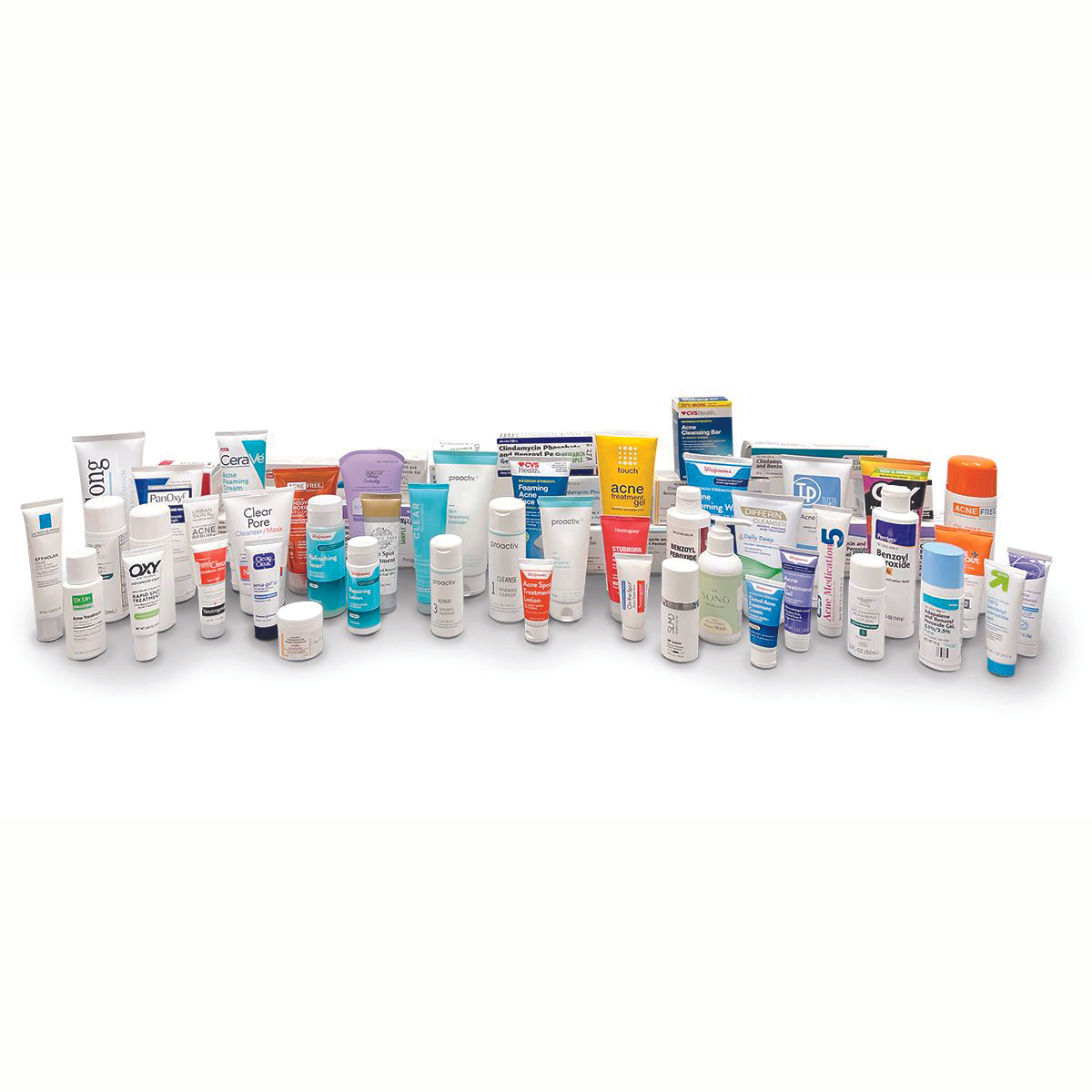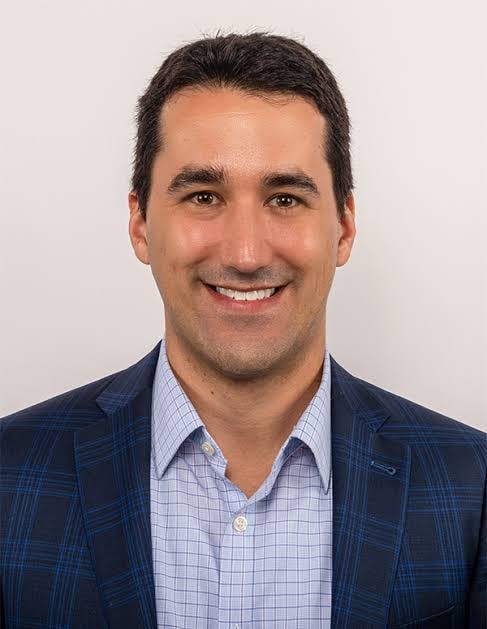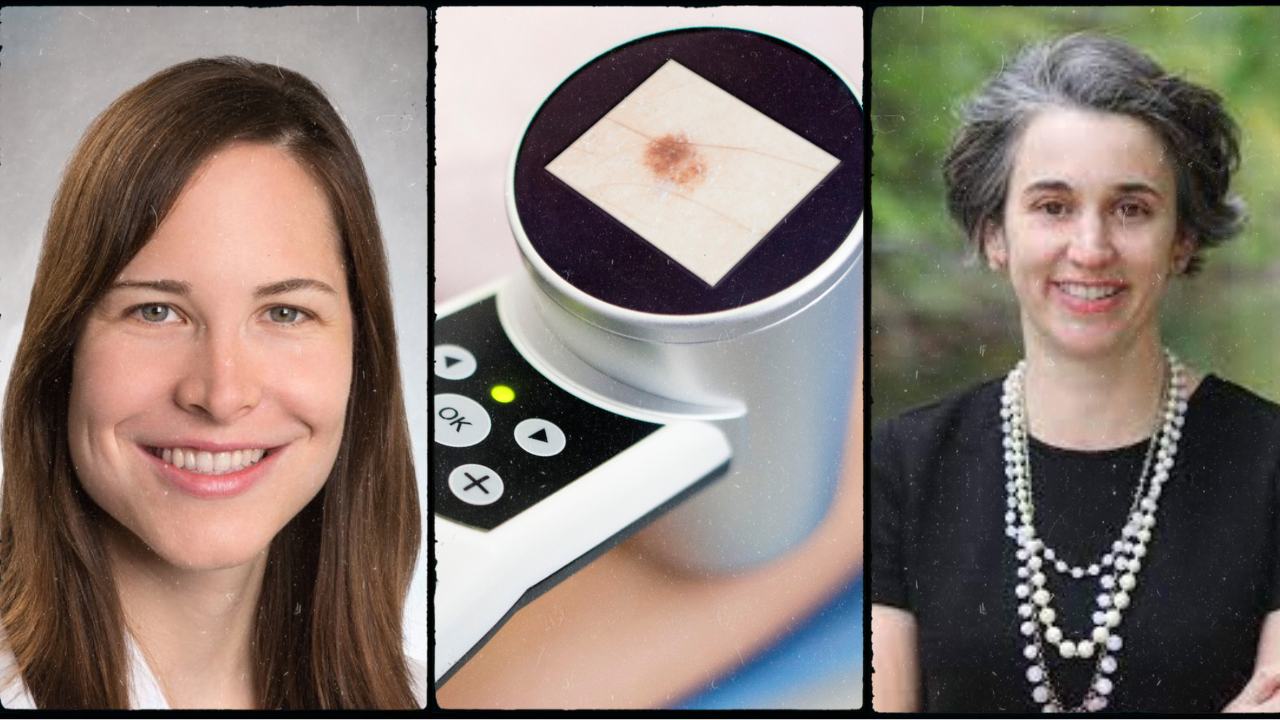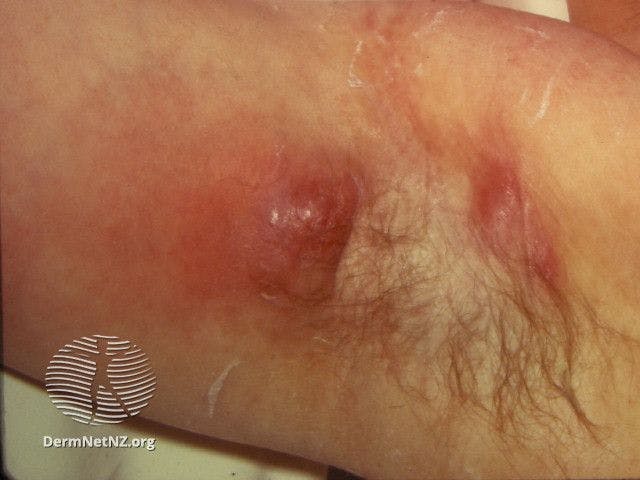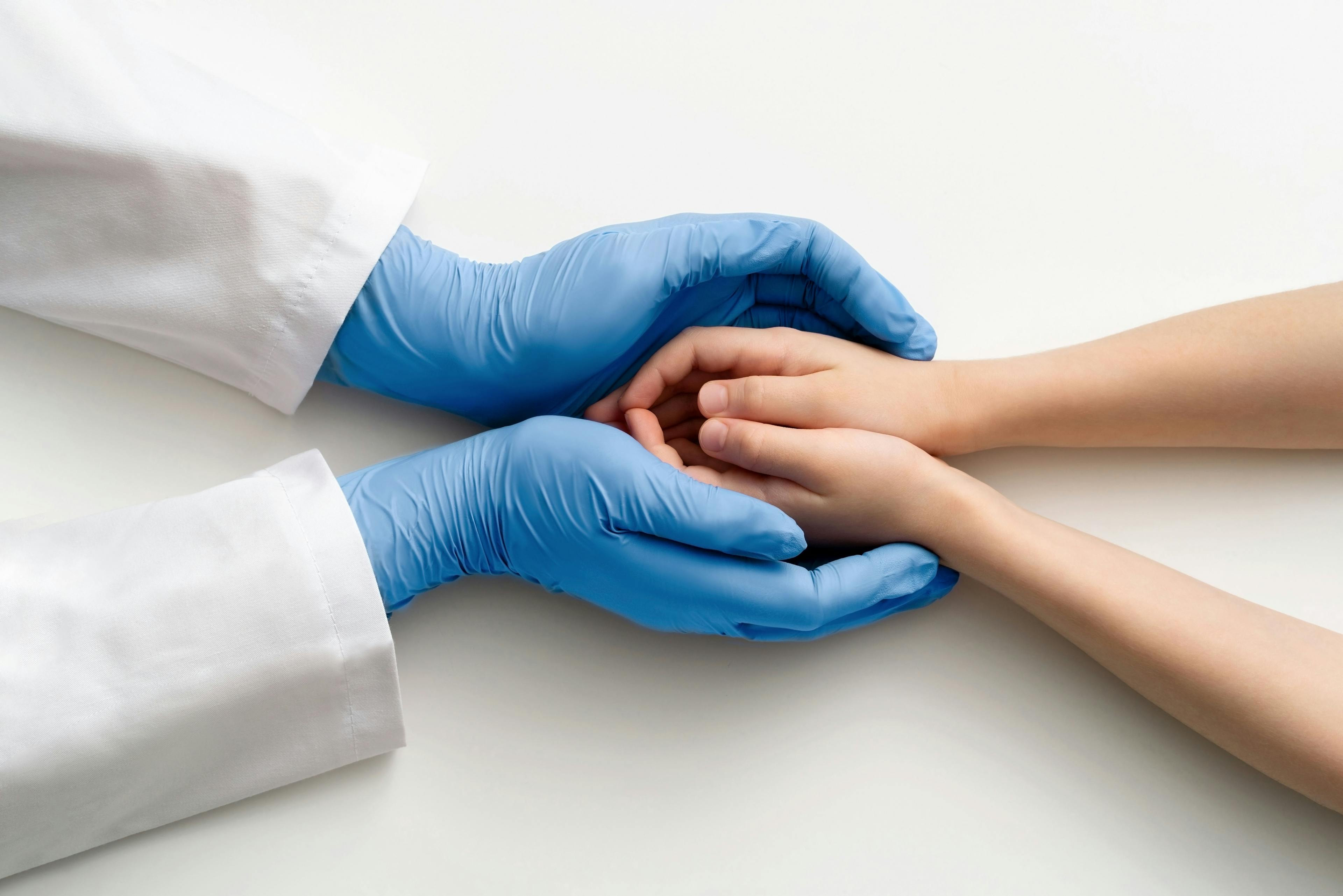- Acne
- Actinic Keratosis
- Aesthetics
- Alopecia
- Atopic Dermatitis
- Buy-and-Bill
- COVID-19
- Case-Based Roundtable
- Chronic Hand Eczema
- Drug Watch
- Eczema
- General Dermatology
- Hidradenitis Suppurativa
- Melasma
- NP and PA
- Pediatric Dermatology
- Pigmentary Disorders
- Practice Management
- Precision Medicine and Biologics
- Prurigo Nodularis
- Psoriasis
- Psoriatic Arthritis
- Rare Disease
- Rosacea
- Skin Cancer
- Vitiligo
- Wound Care
News
Article
Dermatology Times
What’s New in Hair Loss Therapies and Exosomes?
Author(s):
Ronda Farah, MD, FAAD, reviews top hair loss pearls from her 5 sessions at AAD 2024.
At the American Academy of Dermatology (AAD) Annual Meeting in San Diego, California, Ronda Farah, MD, FAAD, was invited to present 5 sessions on hair loss treatments and devices, including topics on frontal fibrosing alopecia, procedural interventions for scarring alopecia, stem cells and exosomes, what dermatologists need to know about alopecia in 2024, and photobiomodulation therapy for hair loss.
Farah, associate professor of dermatology at the University of Minnesota, dermatologist and division medical director of medical dermatology at Minnesota Health Maple Grove Clinic, and founder and director of dermatology at the Minnesota Cosmetic Center, also shared her top takeaways from her sessions in an interview with Dermatology Times at AAD 2024.
Takeaways from “Cosmetics and Frontal Fibrosing Alopecia:”1
- Consider isotretinoin for facial papules associated with frontal fibrosing alopecia
- 1064nm Nd: YAG laser has shown improvements in prominent facial vasculature in frontal fibrosing alopecia
- When treating lichen planus pigmentosus, patients should avoid mustard oil, alma oil, henna, hair dye, and nickel
Takeaways from “Cosmetic and Procedural Interventions for Scarring Alopecia:”2
- Exosomes are not yet FDA-approved for hair growth and according to Farah, should not yet be used
- Before a platelet-rich plasma procedure for hair loss, perform a baseline CBC test and avoid patients who may be pregnant or have a bleeding/clotting disorder
- Water-based dermabrasion and microneedling are promising non-invasive procedures for hair loss
Takeaways from “Stem Cells and Exosomes:”3
- Stem cell human data exists and is early and promising, but not without risks
- Human data on exosome product injection is lacking and is not FDA-approved
- The CDC has filed reports of contamination and poor screenings of exosome manufacturing facilities that did not screen for blood with HIV and hepatitis B and C
Takeaways from “What the Dermatologist Should Know for Alopecia in 2024:”4
- Chemical hair straighteners are linked to a higher incidence of uterine cancer
- Recent patient social media trends have utilized rice water for hair growth, but there is no literature supporting its efficacy
- In a study of 50 patients with androgenetic alopecia, no difference was found between a rosemary oil group and a minoxidil-treated group at 6 months
Takeaways from “Photobiomodulation Therapy for Hair Loss:”5
- Low-level laser therapy has shown success in treating lichen planopilaris at 6 months
- The use of devices for scarring alopecias in Fitzpatrick skin types V to VI is in the early stages but is promising
- Low-level lasers can be effective in both men and women with hair loss
References
- Farah R, Fruechte S, Ly N. Cosmetics and frontal fibrosing alopecia. Presented at: American Academy of Dermatology Annual Meeting; March 8-12, 2024; San Diego, CA.
- Farah R, Nguyen K, Ly N, Fruechte S, Wendland Z. Cosmetic and procedural interventions for scarring alopecia. Presented at: American Academy of Dermatology Annual Meeting; March 8-12, 2024; San Diego, CA.
- Farah R, Nguyen K. Stem cells and exosomes. Presented at: American Academy of Dermatology Annual Meeting; March 8-12, 2024; San Diego, CA.
- Farah R, Hordinsky M. What the dermatologist should know for alopecia in 2024. Presented at: American Academy of Dermatology Annual Meeting; March 8-12, 2024; San Diego, CA.
- Farah R, Ly N, Fruechte S. What the dermatologist should know for alopecia in 2024. Presented at: American Academy of Dermatology Annual Meeting; March 8-12, 2024; San Diego, CA.

Newsletter
Like what you’re reading? Subscribe to Dermatology Times for weekly updates on therapies, innovations, and real-world practice tips.


